Search Results for: wildlife
The End of Fur?
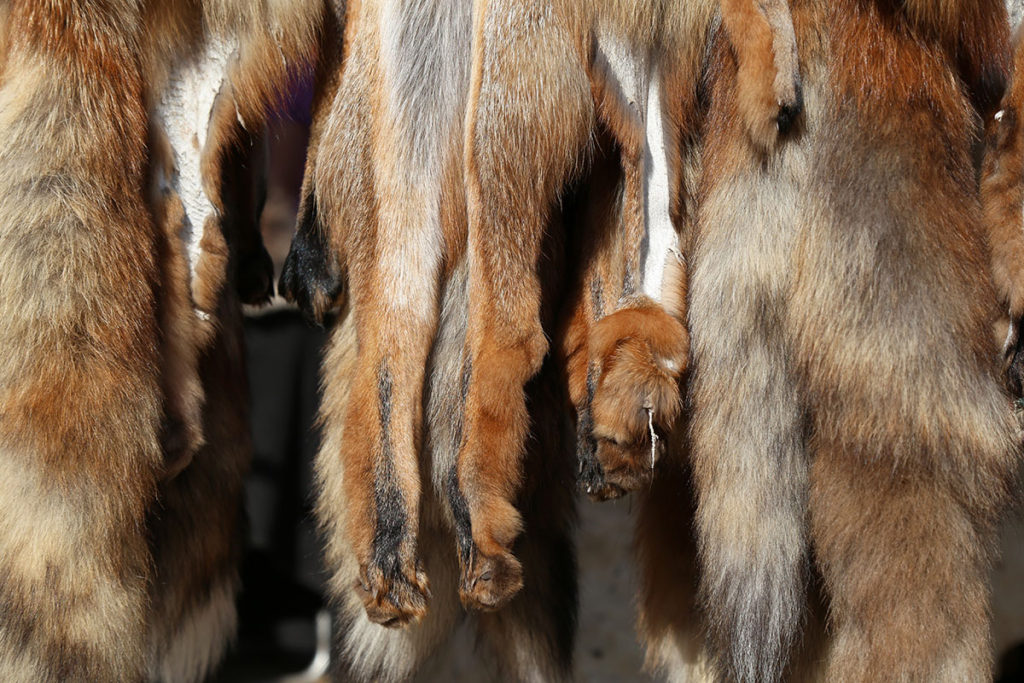
I listen to CBC almost exclusively when I drive. In the morass of bad news, from time to time, there is something that gives me hope. Just a few days ago, there was a segment on the last fur auction in Canada. Apparently, there used to be several very large auctions in Canada, but these have dwindled to just one — and this one isn’t doing very well. The North Bay-based Fur Harvesters Auction is the only place left where trappers can sell wild-caught fur in North America, and one of just a handful worldwide. Only 30 per cent of the fur offered at its March auction was sold. The pandemic was certainly a factor, but even industry insiders admitted that younger people mostly won’t touch fur and many major designers and department stores won’t sell it.
The time of fur may be finally ending. I am celebrating. In a world rife with all sorts of cruelty to animals, the fur industry is uniquely odious.
Fur may come from either trapped wildlife or “farmed” animals. It’s hard to tell which is worse.
Over 730,000 wild animals are trapped in Canada annually. The methods are horrific. Wire noose snares can crush organs or slowly strangle an animal to death. Body gripping traps can trap animals underwater until they slowly drown. Animals caught in leg hold traps try to chew or twist off their trapped limb in a desperate attempt to free themselves. If a trapper does not immediately kill the animal — sometimes by bludgeoning, choking or stomping — the animal can die from dehydration, blood loss or hypothermia. Traps are indiscriminate, which means nearly any animal whose feet touch the ground can trigger them — whether it’s an endangered species like the Mexican wolf or a family dog.
Wildlife accounts for only a fraction of the industry. Many more animals suffer in fur “farms” where animals are often killed by anal and vaginal electrocution, gas, neck breaking and poison injections.
Farmed animals often show extreme abnormal behaviours as a result of great distress caused by the extremely small cages they are housed in. Farmed foxes and mink have been observed with extreme fear responses, including fur biting and tail biting — to the point of removing the tail altogether. Some foxes have even been noted to kill their offspring.
Let’s not forget China where there’s a thriving cat- and dog-fur industry. Cats and dogs are bludgeoned, hanged and sometimes even skinned alive for their fur. Their fur is often mislabeled and exported from China to unsuspecting consumers around the world.
Perhaps people are finally fully recognizing the loathsome cruelty inherent in the fur industry and are appreciating the beauty of fur — when it is on an animal.
Bruce Roney
President & CEO
Nasty, Brutish and Short
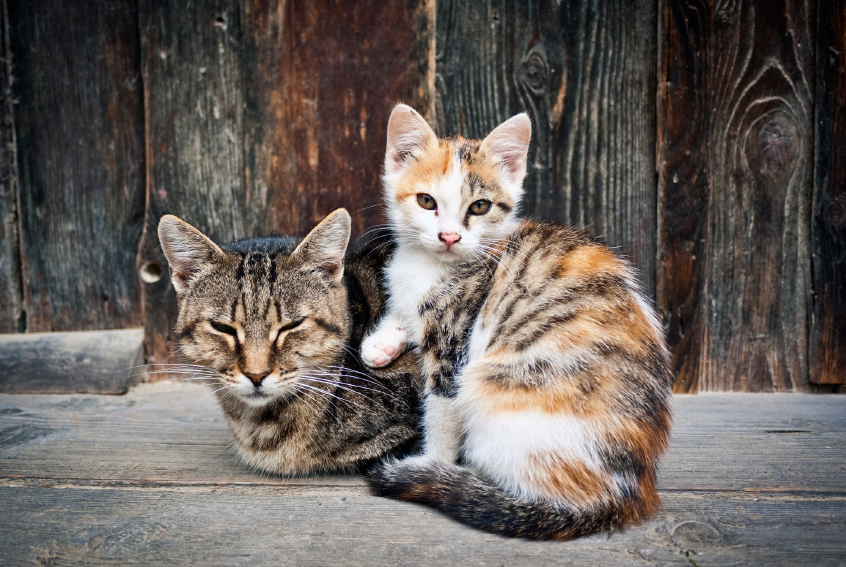
In Leviathan, Thomas Hobbes described the life of humans without government as “Nasty, brutish, and short.” It is also an apt description of the lives of feral cats.
A feral cat is distinct from a stray cat, even if the cat has been stray for a long period of time, and from a “loosely-owned” or “porch” cat, a cat that is fed by one or more people in a neighbourhood who do not accept full responsibility for the cat’s care. Stray and loosely-owned cats are or were once socialized to humans. They may be wary and skittish around humans if they have not a had recent or extensive human contact, but they are not fearful to the extent that feral cats are.
Feral cats occupy a grey zone in the world of animal welfare. They are not wildlife per se. They are interlopers in our natural world and can cause considerable destruction in wild bird and mammal populations. They were introduced through human irresponsibility, and therefore are a human responsibility.
But they are not fully domestic pets either. They cannot just be rounded up and socialized. Kittens up to four months can be socialized, but adults will frequently injure themselves trying to escape when confined. Their panic in prolonged confinement is simply not humane.
Most progressive humane societies like the OHS practice “TNR” or “Trap, Neuter, Return” to address the needs of feral cats. Feral cats are removed from a colony, sterilized, vaccinated, and then returned to the colony. If newly introduced cats—new stray cats and the feral’s kittens—are consistently removed, the colony will disappear over time. Studies indicate that simply removing all the members of a colony does not work. Nature, as they say, abhors a vacuum and other cats simply come to occupy the vacant colony, generally because of its proximity to shelter, food and water. The effectiveness of TNR was proven with the gradual elimination of the Parliament Hill Colony by some amazingly committed volunteers and the OHS a few years ago.
Like so many issues in animal welfare, controversies rage, and numbers of animals often exceed our resources to help. There are likely dozens of colonies in the Ottawa area, possibly many more. In fact, one of these controversies is how many feral cats there actually are in a given community. The OHS helps a handful of colony “caretakers” with surgical and other medical services, and we are very proud of our role in humanely eliminating the Parliament Hill colony, but our efforts are likely the proverbial drop in the bucket. Our best hope is education and promoting the kind of responsibility that would stop feral cats from coming into existence in the first place, through spaying and neutering cats and not letting them roam. And this takes time.
Bruce Roney
President & CEO
Originally published in September, 2014
If you Care, Leave Them There
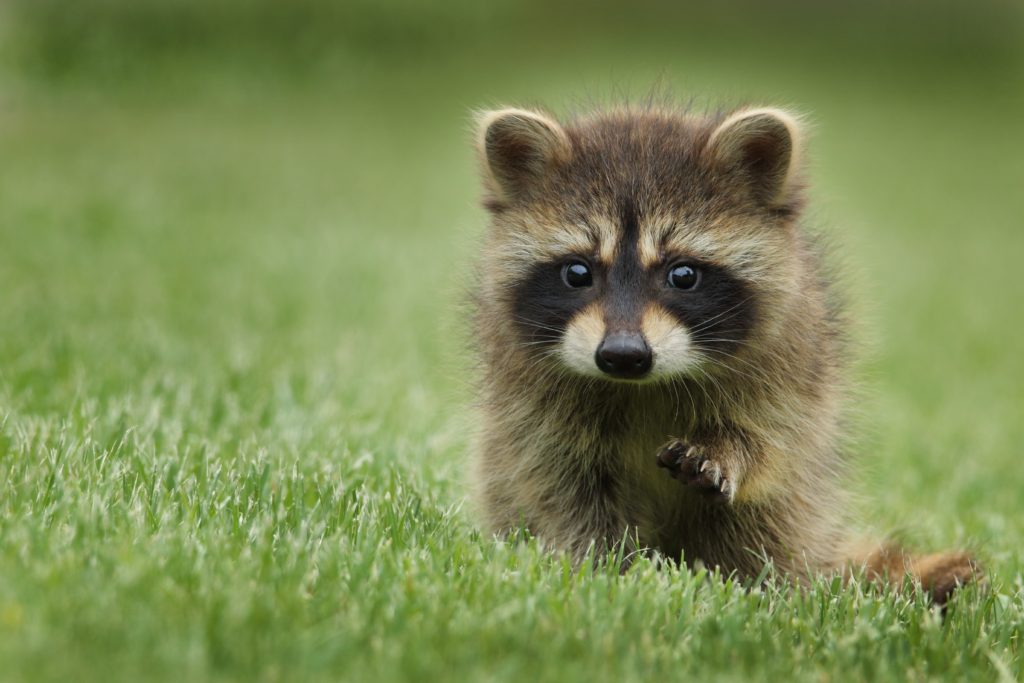
As the summer temperature soars, wildlife becomes more active. Humans go outdoors more and the wildlife/people conflict begins to heat up too. The most obvious sign is the carnage on our roadways that we begin to witness. The sign here at the OHS is the influx of wild animals. Sadly, many of these creatures will be juveniles that would have been safer had they been left where they were. There simply aren’t enough rehabilitation spaces for all the wildlife in our region, and most didn’t need our help in the first place.
I know that stumbling upon a baby animal that appears to need help brings out a helping instinct in all of us but spotting a baby animal by himself doesn’t necessarily mean he’s an orphan. Many wildlife parents leave their young alone during the day, sometimes for long periods. The mother is usually nearby and quite conscious of her young. Also, keep in mind that despite their small size, many young animals are actually independent enough to fend for themselves.
How you tell if an animal needs your help or should be left alone? If an animal needs your help, you will see one or more of the following signs:
- A wild animal presented to you by a cat or dog
- Bleeding
- An apparent or obvious broken limb
- Evidence of a dead parent nearby
- Unusual or uneven loss of fur
- Difficult or raspy breathing or sneezing
- Body covered in fleas
Otherwise, if you care, leave him there.
For more information about wildlife and human wildlife conflicts, please visit our FAQs before you act.
Bruce Roney
President & CEO
Coyote Panic and Co-existing with Wildlife
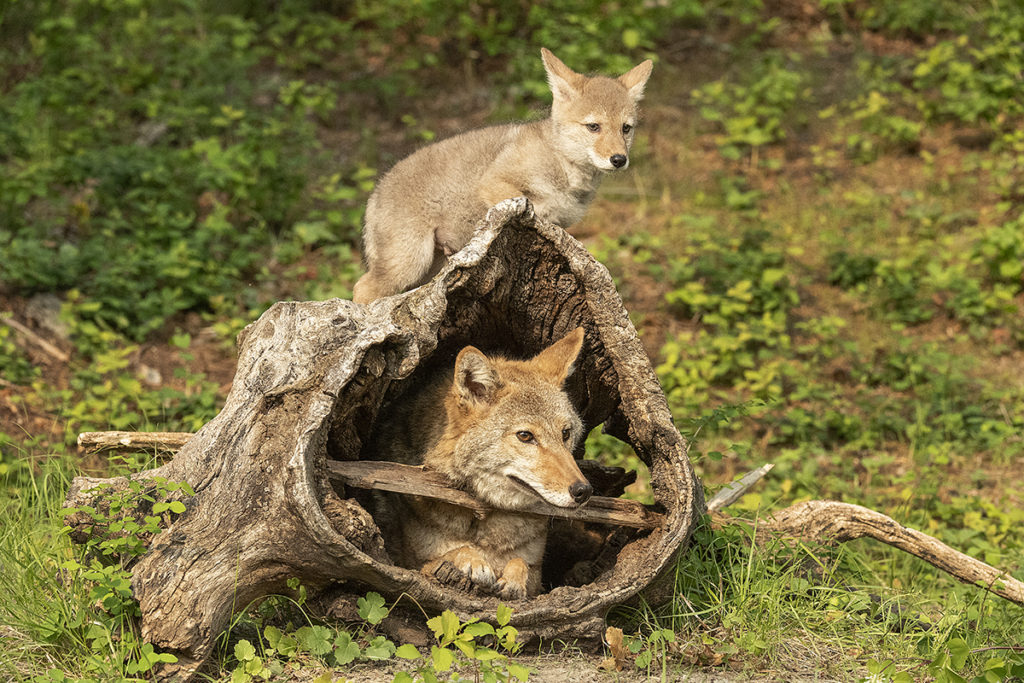
There has been a great deal of coverage in the media regarding a string of attacks by one coyote in the Riverside South area. Scary-sounding headlines such as ‘’aggressive coyote problem has gone on too long’’ and ‘’coyote strikes again’’ rob us of having meaningful discussions around making communities safe while coexisting with wildlife.
So, how frequent are coyote attacks? According to the Canid Conservation Science Lab at the University of Calgary, the risk is extremely low. Their research shows that on average, 2.4 Canadians per year are either bitten or scratched by a coyote, and there has only been one known fatal human incident ever reported in Canada.
Wildlife conflicts are largely due to expanding city boundaries. As the city grows, more land is developed, and wild animals lose habitat. With a new official city plan to be tabled this fall calling for expanded urban boundaries, and city growth expected to result in 1.4 million residents over the next 25 years, these conflicts will only increase.
We need to do a better job at learning how to coexist with wild animals. We won’t do this with frightening headlines. We can only do it with science, getting the best advice and using both to plan development and to educate the public.
New urban development needs to be planned with wildlife in mind. And the public needs to be better informed. Too many people move to a wildlife habitat that has been cleared for new development, and either expect that the area be cleared of all wildlife, or start feeding them as sort-of outdoor pets. Well, to a coyote, those delightful squirrels and rabbits you are feeding are dinner, and nothing attracts a coyote like dinner.
We can do better. We need to do better. Animal lives depend on it.
Bruce Roney
President & CEO
For more information, check out Coyote Watch Canada, a not-for-profit community-based wildlife organization which advocates positive human-wildlife experiences with a focus on canids. They train law enforcement and city officials in how to deal with a coyote encounter. Their hotline is open 24/7 to provide immediate support to anyone dealing with a coyote encounter. They also educate residents through public presentations.
2020 Media Releases
- Keeping Pets Safe During Cold Weather (Dec. 15, 2020)
- Ottawa Humane Society Expands Life-saving Foodbank Program (Nov. 24, 2020)
- Ottawa Humane Society President & CEO Inducted Into Order of Ottawa (Nov. 5, 2020)
- Cat with Gunshot Wound Rushed to the Ottawa Humane Society (Oct. 16, 2020)
- Donations to Ottawa Humane Society Tripled Until Sept. 13 (Sept. 10, 2020)
- Ottawa Humane Society Launches its First Online 50/50 Raffle, Raising Money for Animals in Need (July 9, 2020)
- Canada Day during COVID-19 Could Pose an Increased Risk to Pet Owners, says Ottawa Humane Society (June 30, 2020)
- Ottawa Humane Society Cancels Annual Wiggle Waggle Walk and Run, Shifts to Online Fundraising (June 23, 2020)
- Ottawa Humane Society Helps Pet Owners Struggling to Afford Pet Food with Emergency Pet Food Bank (June 2, 2020)
- Increased Danger to Pets Left Alone in Cars as Temperature Soars: Ottawa Humane Society (May 27, 2020)
- The Ottawa Humane Society is Reminding People to Leave Healthy Wildlife Alone (May 14, 2020)
- Ottawa Humane Society Begins Offering Appointment-Based Adoptions (May 5, 2020)
- Ottawa Humane Society Changes Its Garden Party to an Online Fundraiser for 2020 (March 30, 2020)
- The Animals Need Your Help Now More Than Ever, says Ottawa Humane Society (March 26, 2020)
- Ottawa Humane Society Urges Pet Owners to Prepare for COVID-19, Temporarily Limits Shelter Intake to Ensure Neediest Animals Receive Care (March 17, 2020)
- Long-Stay Animals in Ottawa Humane Society Care Find Homes after a Combined Five Years (Feb. 26, 2020)
- Protect Pets From Dangerously Cold Temperatures Forecast to Hit Ottawa Tonight (Feb. 13, 2020)
- This February, Love is in the Air at the Ottawa Humane Society (Feb. 6, 2020)
- Ottawa Humane Society Releases List of Five Animals in its Care the Longest, Hopes to Find Adopters Urgently (Jan. 16, 2020)
Pet First Aid – Level 1
6:00 pm - 8:00 pm
Ottawa Humane Society, Ottawa ON
Nasty, Brutish and Short
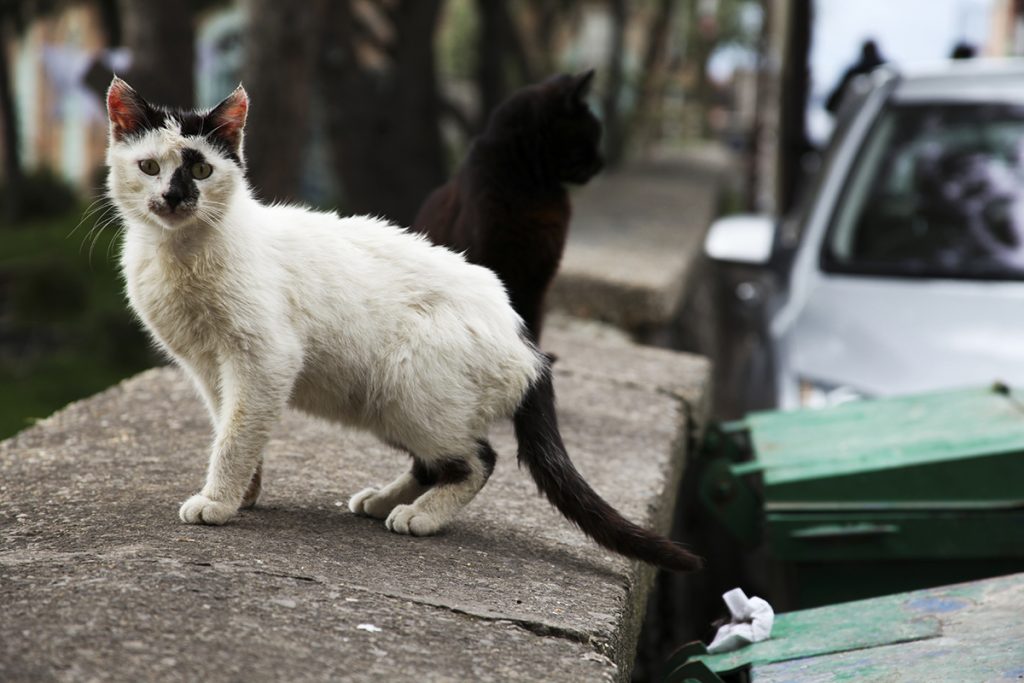
Yesterday was National Feral Cat Day. I hope you will take a moment to think about these neglected felines. These cats live a hard life—one that is nasty, brutish and short.
A feral cat, defined by Alley Cat Allies is, “…a cat who has either never had any contact with humans or her contact with humans has diminished over time. She is fearful of people and survives on her own outdoors.”
A feral cat is distinct from a stray cat, even if the cat has been stray for a long period of time, and from a “loosely-owned” or “porch” cat, a cat that is fed by one or more people in a neighbourhood who do not accept full responsibility for the cat’s care. Stray and loosely-owned cats are or were once socialized to humans. They may be wary and skittish around humans if they have not a had recent or extensive human contact, but they are not fearful to the extent that feral cats are.
Feral cats occupy a grey zone in the world of animal welfare. They are not wildlife per se. They are interlopers in our natural world and can cause considerable destruction in wild bird and mammal populations. They were introduced through human irresponsibility, and therefore are a human responsibility.
But they are not fully domestic pets either. They cannot just be rounded up and socialized. Kittens up to four months can be socialized, but adults will frequently injure themselves trying to escape when confined. Their panic in prolonged confinement is simply not humane.
Most progressive humane societies like the OHS practice “TNR” or “Trap, Neuter, Return” to address the needs of feral cats. Feral cats are removed from a colony, sterilized, vaccinated, and then returned to the colony. If newly introduced cats—new stray cats and the feral’s kittens—are consistently removed, the colony will disappear over time. Studies indicate that simply removing all the members of a colony does not work. Nature, as they say, abhors a vacuum and other cats simply come to occupy the vacant colony, generally because of its proximity to shelter, food and water. The effectiveness of TNR was proven with the gradual elimination of the Parliament Hill Colony by some amazingly committed volunteers and the OHS a few years ago.
Like so many issues in animal welfare, controversies rage, and numbers of animals often exceed our resources to help. There are likely dozens of colonies in the Ottawa area, possibly many more. In fact, one of these controversies is how many feral cats there actually are in a given community. The OHS helps a handful of colony “caretakers” with surgical and other medical services, and we are very proud of our role in humanely eliminating the Parliament Hill colony, but our efforts are likely the proverbial drop in the bucket. Our best hope is education and promoting the kind of responsibility that would stop feral cats from coming into existence in the first place, through spaying and neutering cats and not letting them roam. The OHS’s own Mobile Spay Neuter Program is expected to make a significant reduction in the numbers of feral cats, but this takes time.
Bruce Roney
President and CEO
Pet First Aid – Level 1
6:00 pm - 8:00 pm
Ottawa Humane Society, Ottawa ON
Beyond English and French
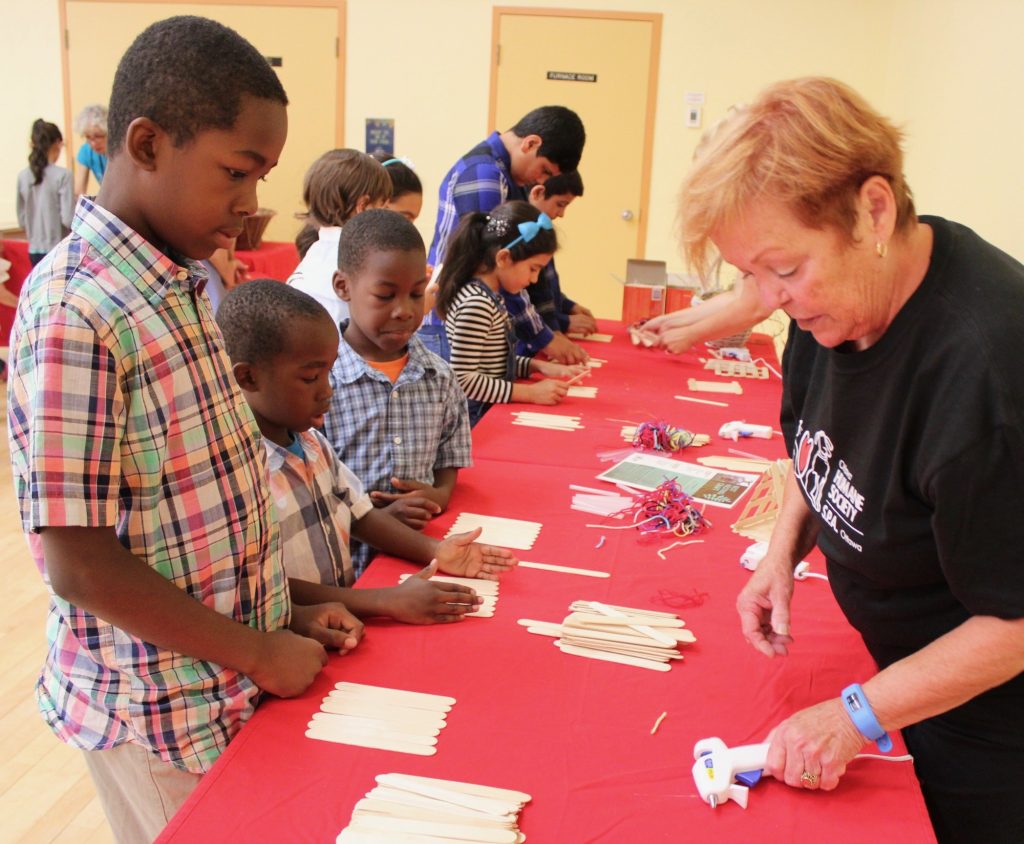
Half a decade ago, I announced that the OHS was finally in a position to hire a humane education coordinator to provide services in French. This was the fulfillment of a long-overdue promise to our Francophone community, and I was delighted.
Not long after, in preparing the OHS Strategic Plan, we recognized that Ottawa had long past being just a French-English community and that we needed to do better. So, among the objectives in the plan was to create humane education that reflects the linguistic and cultural diversity of our community. Out of this came the OHS Newcomers Program.
There are many big adjustments for families who have moved from other countries to Canada. Language and climate are two, but there are also many cultural differences such as role that animals play in our day-to-day lives in Canada. As well, newcomers face wildlife they may have never seen before. Think about it: you are new to Canada. What are raccoons? Are they dangerous? Moreover, what is a skunk?
To date, OHS humane educators have launched three elements of the program each offered for adults and for children and youth. Urban Wildlife focuses on the types of wild animals commonly seen in Ottawa and how to co-exist with them; Dogs in Canada focuses on responsible animal ownership in Canada, with an emphasis on dog safety; and, Pets in Canada focuses on all domestic pets commonly seen in households across Canada.
Just two weeks ago, OHS staff presented to humane educators from across the country at Humane Canada’s Animal Welfare Conference. This type of educational programming is new to humane societies, and we hope it inspires others across the country to develop programming for newcomers in their communities.
We are proud to do our part in helping newcomers adjust to life in Canada and to help integrate the welfare of animals into their lives.
Bruce Roney
President and CEO
Animals and Easter
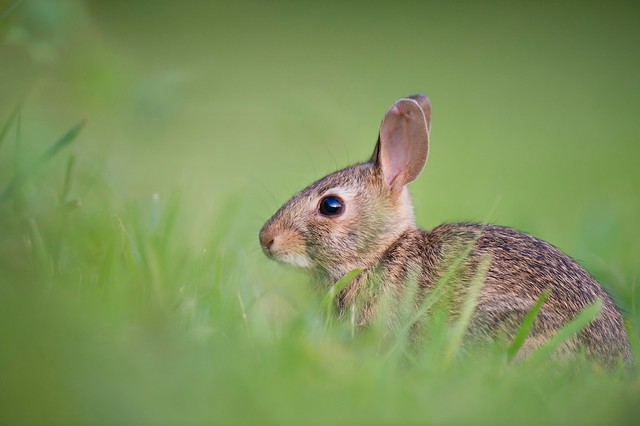
Easter is a great time of year. In theory, at least, winter is over and the weather is finally warming up. Sometimes we start to see some green on the ground. And with all of this, people start to get into a better mood, me included. It’s a great time of year for me, but is it for animals?
Wildlife
Wildlife are the most likely to suffer at Easter. Hungry animals are more likely to have conflicts with humans, and as always with human/wildlife conflict, animals almost always lose. If it gets warm enough, early enough, birthing season will begin. Well-meaning people will needlessly remove newborns and juveniles from their nests when parents are actually quite near, and many of these young animals will not survive.
Pets
Like for humans, Easter can be a great time for pets. Time off and the advent of warmer weather means your dog is likely getting a longer walk and more outdoor fun than he was when it was 40 below in January. If you have built a safe outdoor structure for your cat, this may be the opening weekend. My always-safe-indoors cat certainly enjoys the wildlife from the window in spring.
But the holiday itself can present some additional dangers for pets. Chocolate, some artificial sweeteners, holiday decorations, and many flowers and plants are on the list of hazards that may be more likely to be a temptation to pets at Easter.
Rabbits
There is a pervasive view that thousands of people buy live bunnies for their children at Easter and abandon them several months later. This may have been the case, but thankfully it appears, at the OHS at least, this phenomenon has largely ended. When I look at the OHS intake statistics, yes, there is a small uptick in bunny admissions in the summer months, but there is an even bigger uptick in admissions of all animals, especially dogs and cats in the same period.
Please don’t revive the trend of bunnies as Easter gifts. Like at any time of the year, only adopt a pet once you have considered her needs for her lifetime. And always adopt from a reputable source — a humane society or a group such as Rabbit Rescue. Otherwise, stick to a chocolate bunny.
We can all have a happy Easter, animals and humans. And that is what I wish for you and for them.
Bruce Roney
President and CEO
